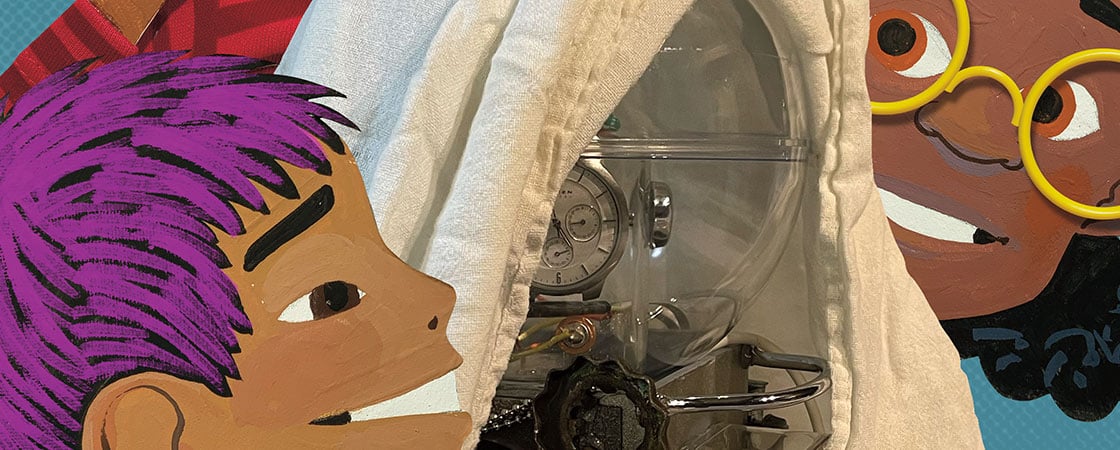It was no secret around Forest Elementary School: If something broke, Raina Shoe could fix it. She helped her art teacher focus the projector when the images wouldn’t appear. She was a pro at getting the smartboard to turn on. And she fixed the water filter in the classroom fish tank.
Yes, it seemed like there was nothing Raina couldn’t fix. That is, until the day she got called into the principal’s office.
As Raina waited, a boy walked in. “I’m Evan Shinn,” he said to Raina. “You might remember me from the Earth Day art contest. My poster won first place.”
Raina remembered. Just like everyone knew that Raina could fix anything, everyone knew Evan was super creative.
Then a girl walked in reading a dictionary. She turned to Raina. “I’m Nellie Perkins. Remember me? I beat you at the spelling bee last year.”
Raina sighed. She remembered that too. It was no secret that Nellie was one of the smartest students at their school.
Just then, the office door opened. Principal Moreno looked upset. “Something terrible has happened. Please come into my office.”

